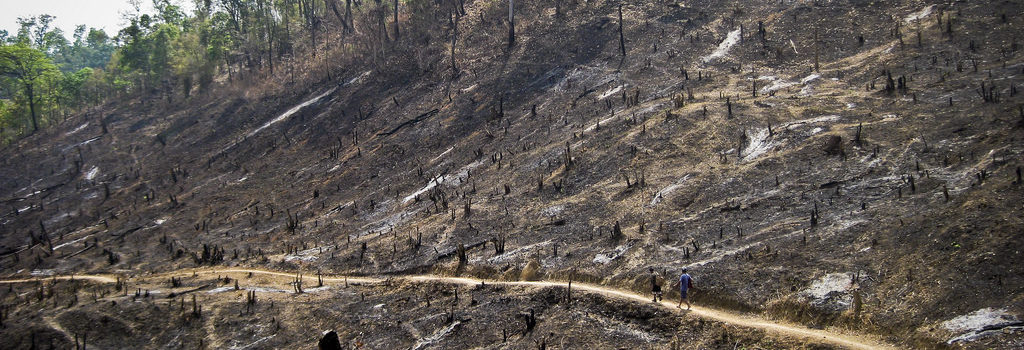Today, many chemicals which were once not suitable for humans to come into contact with have been adapted for use in many items that seem integral to everyday life. Batteries made out of lithium, lead or mercury, exist in many varieties of laptops and cars, and toxic chemicals once found in plants that people dared not touch have been repurposed to make medicines for the sick. Although humans now benefit from these products, the environment can be exposed to harmful waste from the manufacture or disposal of such items.
Just how much chemical waste do humans produce? The answer: a lot. Some organizations estimate the global annual average to exceed 200 million tons. In 2016, The EPA also cited that each person in the United States on average produces around 4 pounds of household hazardous wastes, or waste in the form of various harmful chemicals. This is equivalent to 530,000 tons of waste produced by US households annually.
The numbers can be overwhelming, but thankfully there are a variety of things that you can do to help reduce chemical waste. Small actions can lead to big results!
- Always Recycle Batteries. This is a tip that cannot be stressed enough. Batteries are composed of chemicals toxic to flora and fauna, and some battery materials can be volatile when combined with otherwise common substances. For instance, Lithium and Water can react violently to release Lithium Hydroxide, a poisonous substance which can cause great irritation to the skin and eyes if exposed in either humans or animals. Although many Americans already recycle traditional alkaline batteries, be sure to try and repurpose or recycle your car or computer batteries.
- Be Aware Of What’s On Your Face. Much of the cosmetics e industry is not environmentally friendly. As an example, microbeads can be mistaken by fish for zooplankton and swallowed, creating a toxic internal environment in the fish. Unfortunately, these fish can become today’s catch and tomorrow’s dinner. Even though you never intended on swallowing those little plastic beads, by washing them down a drain you may end up doing just that.
- It May be Clean but is It Green? Cleaning products are potential marketing trap. Harsh cleaning materials may kill undesirable bacteria, but they may also harm the health of people. Disinfectants are essentially pesticides and they can carry with them many damaging chemicals. Therefore, make sure you do the right research on the soaps, polishes or wipes to make sure they are truly environmentally-friendly. Fortunately, The EPA has this handy-dandy search tool where many greener products can be found!
In general, being aware of the impacts that the chemicals you are using can have is very important. Become aware of your local recycling codes or check out The Official Poison Control Website, so that you know which chemicals to avoid. Hopefully, these points have brought to your attention the threats of chemical pollution, as well as how you can resist contributing to it. Remember: small actions can lead to big results, and by being conscious of your environmental impact you can contribute to a better, greener world.






